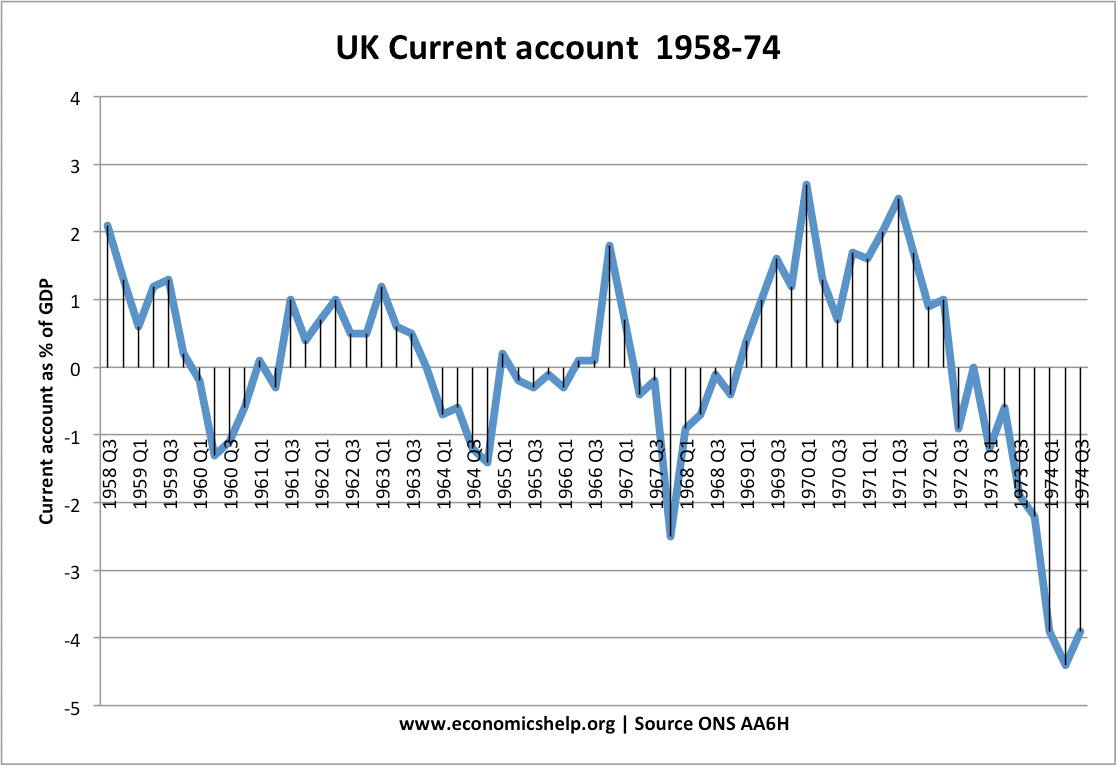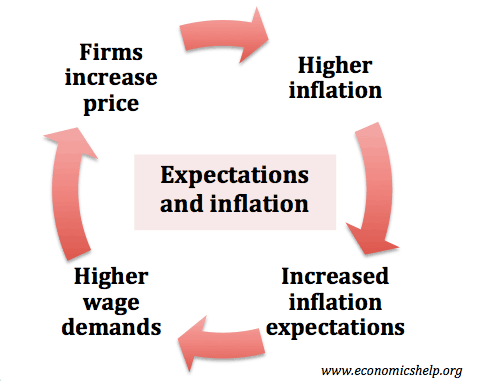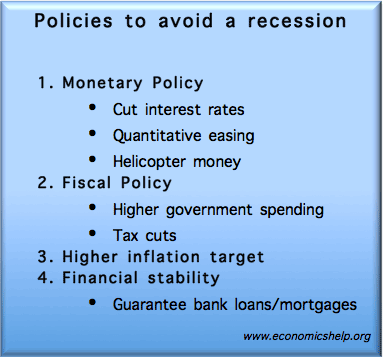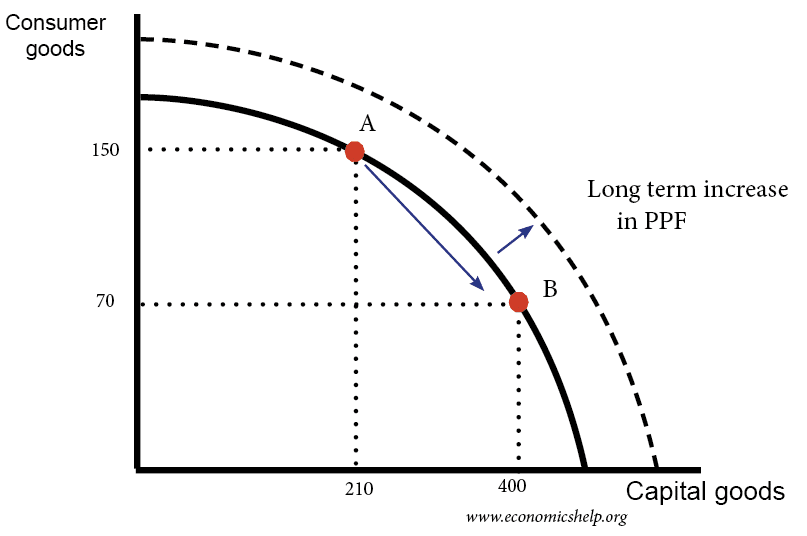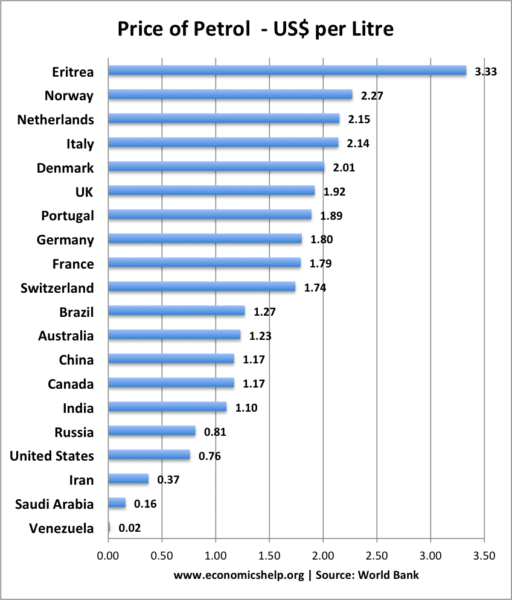
Source: World Bank
This shows the price of petrol per litre around the world. Varying in price from $0.02 a litre in Venezuela to Eritrea with a price of $3.33. Generally Western European economies have the highest price of petrol due to higher petrol tax.
Out of 217 countries listed by the world bank.
Most expensive place to buy petrol in the world
- Eritrea $3.33
- Norway $2.27
- Netherlands $2.15
- The UK is the 12th most expensive country at – $1.92
- The US is one of the cheapest countries – ranked 199/217 on list – $0.76
The cheapest places to buy petrol
- Venezuela – $0.02
- Saudi Arabia – 0.16
- Kuwait – 0.22
Reasons for variation in the price of petrol around the world
- Oil producer/importer. Countries which produce oil Saudi Arabia, Venezuela and Kuwait unsurprisingly have the cheapest prices. The one exception is Norway – which despite being a major oil producer has one of the highest prices. By contrast, countries which import oil and petrol have higher prices.
- Tax levels. In the UK fuel duty is £0.5795 per litre. In addition, VAT is charged at 20%. Approx 60% of the fuel price motorists pay in the UK is tax. This compares to China which has no fuel tax. Malaysia has even had a fuel subsidy.
- Wage costs and renting. The other significant cost for petrol is the rent for a petrol station and wages of workers. Wages and costs in Western Europe are higher than in the developing world – explaining part of the price differential.
Petrol consumption per capita
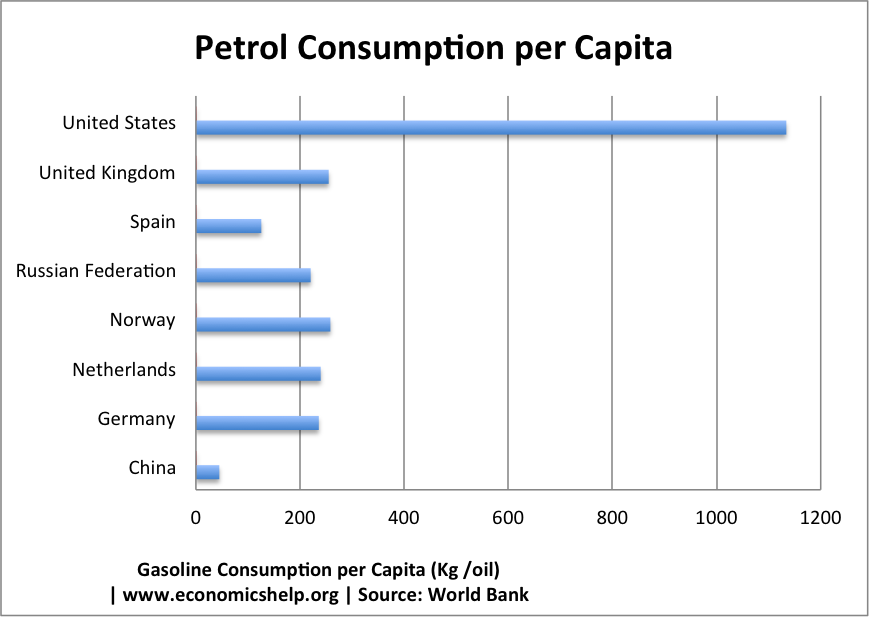
The US has the highest petrol (gasoline) consumption in the world by quite a long way. This is due to
- US has one of the world’s highest living standards,
- A transport system geared towards the motorist, long distance car journeys are more common with extensive highway network and more limited public transport systems.
- Relatively low price compared to countries with similar living standards.
As China experiences economic growth, its per capita consumption is likely to grow rapidly.

